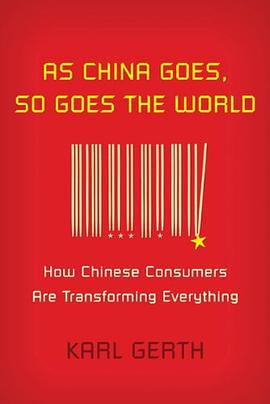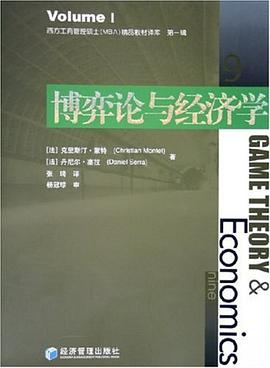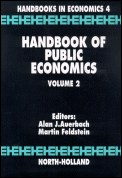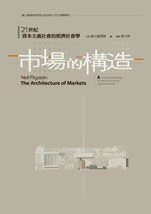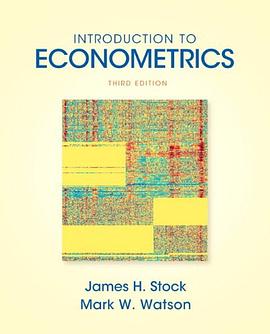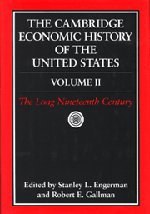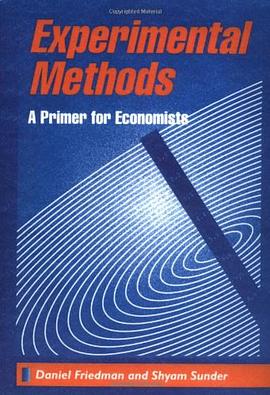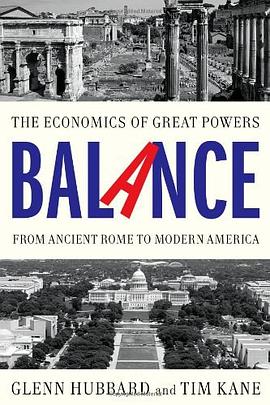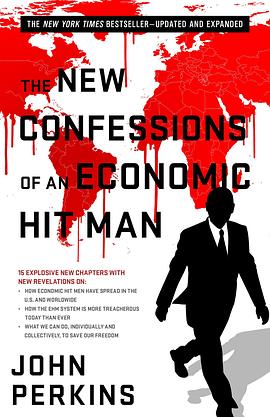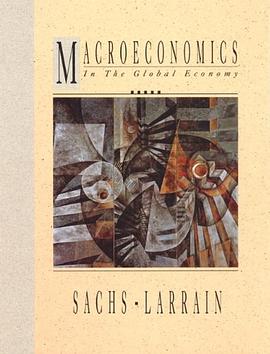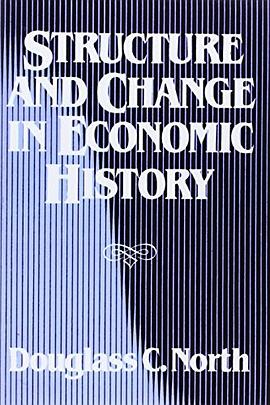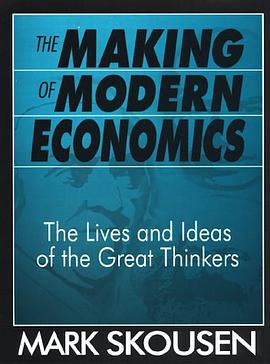Foreword xi
Preface xvii
Acknowledgments xxi
I. What Happened?
1. What Hath Keynes Wrought? 3
The Political Economy 4
A Review of the Record 5
The Theory of Public Choice 7
Fiscal and Monetary Reform 8
2. The Old-Time Fiscal Religion 10
Classical Fiscal Principle 10
Fiscal Practice in Pre-Keynesian Times 13
Balanced Budgets, Debt Burdens, and Fiscal Responsibility 16
Fiscal Principles and Keynesian Economic Theory 21
The Fiscal Constitution 23
3. First, the Academic Scribblers 25
“Classical Economics,” a Construction in Straw? 26
The Birth of Macroeconomics 29
The New Role for the State 31
The Scorn for Budget Balance 32
The New Precepts for Fiscal Policy 33
Budget Deficits, Public Debt, and Money Creation 34
The Dreams of Camelot 37
4. The Spread of the New Gospel 38
Introduction 38
Passive Imbalance 38
Built-in Flexibility 41
Hypothetical Budget Balance 42
Monetary Policy and Inflation 43
The Rhetoric and the Reality of the Fifties 45
Fiscal Drag 47
The Reluctant Politician 49
Political Keynesianism: The Tax Cut of 1964 50
Economists, Politicians, and the Public 52
Functional Finance and Hypothetical Budget Balance 53
5. Assessing the Damages 56
Introduction 56
The Summary Record 57
Budget Deficits, Monetary Institutions, and Inflation 59
Inflation: Anticipated and Unanticipated 61
Why Worry about Inflation? 62
Inflation, Budget Deficits, and Capital Investment 66
The Bloated Public Sector 71
International Consequences 73
Tragedy, Not Triumph 75
II. What Went Wrong?
6. The Presuppositions of Harvey Road 79
Introduction 79
The Presuppositions of Harvey Road 80
The Economic Environment of “General Theory” 83
Strings Can Be Pulled 85
The Great Phillips Trade-off 87
Post-Keynes, Post-Phillips 90
Reform through National Economic Planning 92
7. Keynesian Economics in Democratic Politics 95
Introduction 95
Budgetary Management in an Unstable Economy 96
Taxing, Spending, and Political Competition 98
Unbalanced Budgets, Democratic Politics, and Keynesian Biases 101
Deficit Finance and Public-Sector Bias 106
8. Money-Financed Deficits and Political Democracy 110
Introduction 110
Budget Deficits Financed by Money Creation 111
Benevolent and Independent Monetary Authority 114
The Political Environment of Monetary Policy 117
The American Political Economy, 1976 and Beyond 125
9. Institutional Constraints and Political Choice 129
Introduction 129
The Public Economy and the Private 130
Fiscal Perception and Tax Institutions 131
Debt-Financed Budget Deficits 138
Money-Financed Budget Deficits 147
Institutions Matter 149
III. What Can Be Done?
10. Alternative Budgetary Rules 153
Budget Balance over the Cycle 154
Built-in Flexibility 155
Budget Balance at Full Employment 157
The Budget Reform Act of 1974 162
Short-Term Politics for Long-Term Objectives 164
11. What about Full Employment? 167
Introduction 167
Current Unemployment and the Quandary of Policy 167
The Keynesian Theory of Employment 170
The Inflation-Unemployment Trade-o€ 172
The Inflation-Unemployment Spiral 174
Biting the Bullet 177
So, What about Full Employment? 178
12. A Return to Fiscal Principle 180
The Thrill Is Gone 180
The Case for Constitutional Norms 182
The Case for Budget Balance 183
Fiscal Decisions under Budget Balance 184
Tax Rates and Spending Rates as Residual Budget Adjustors 185
A Specific Proposal 187
Debt Retirement and Budget Surplus 189
In Summation 190
Author Index 195
Subject Index 197
· · · · · · (
收起)






